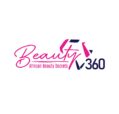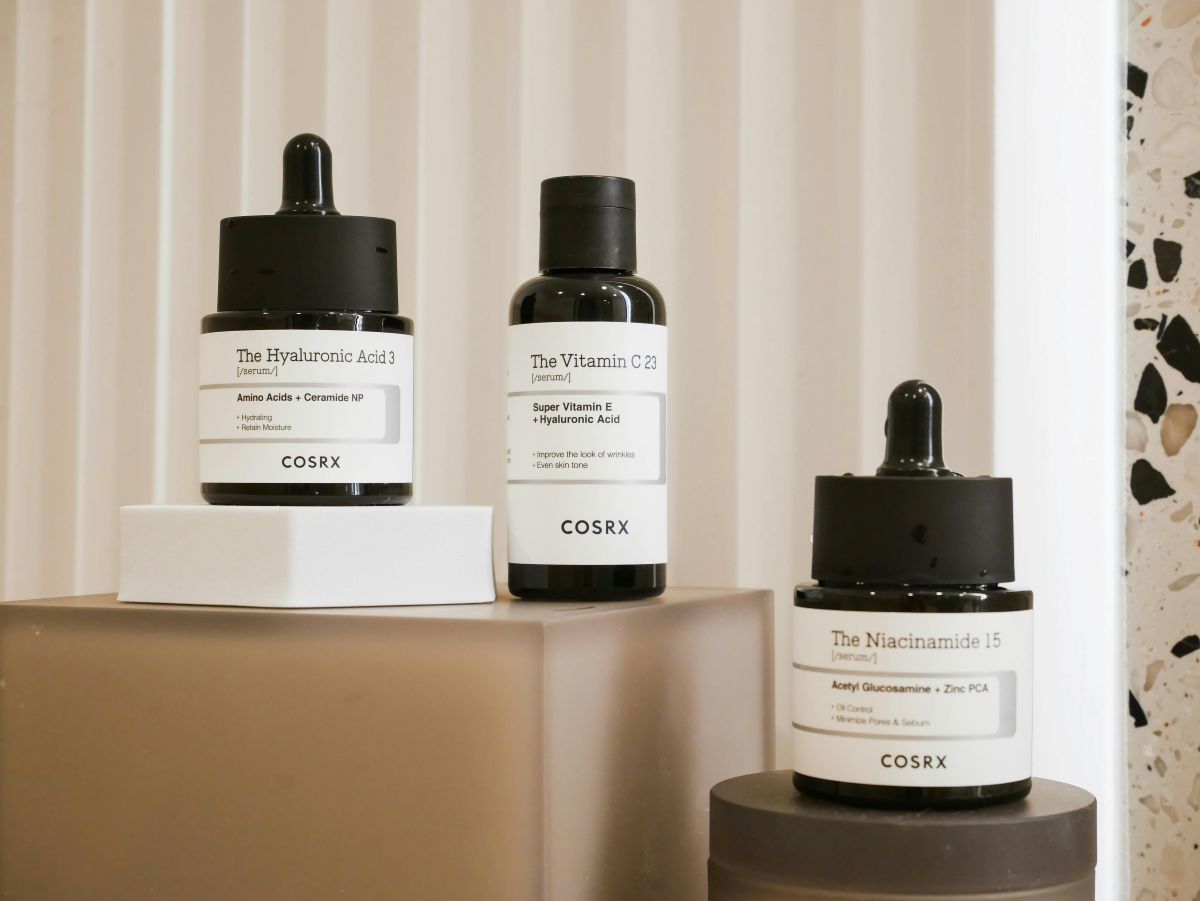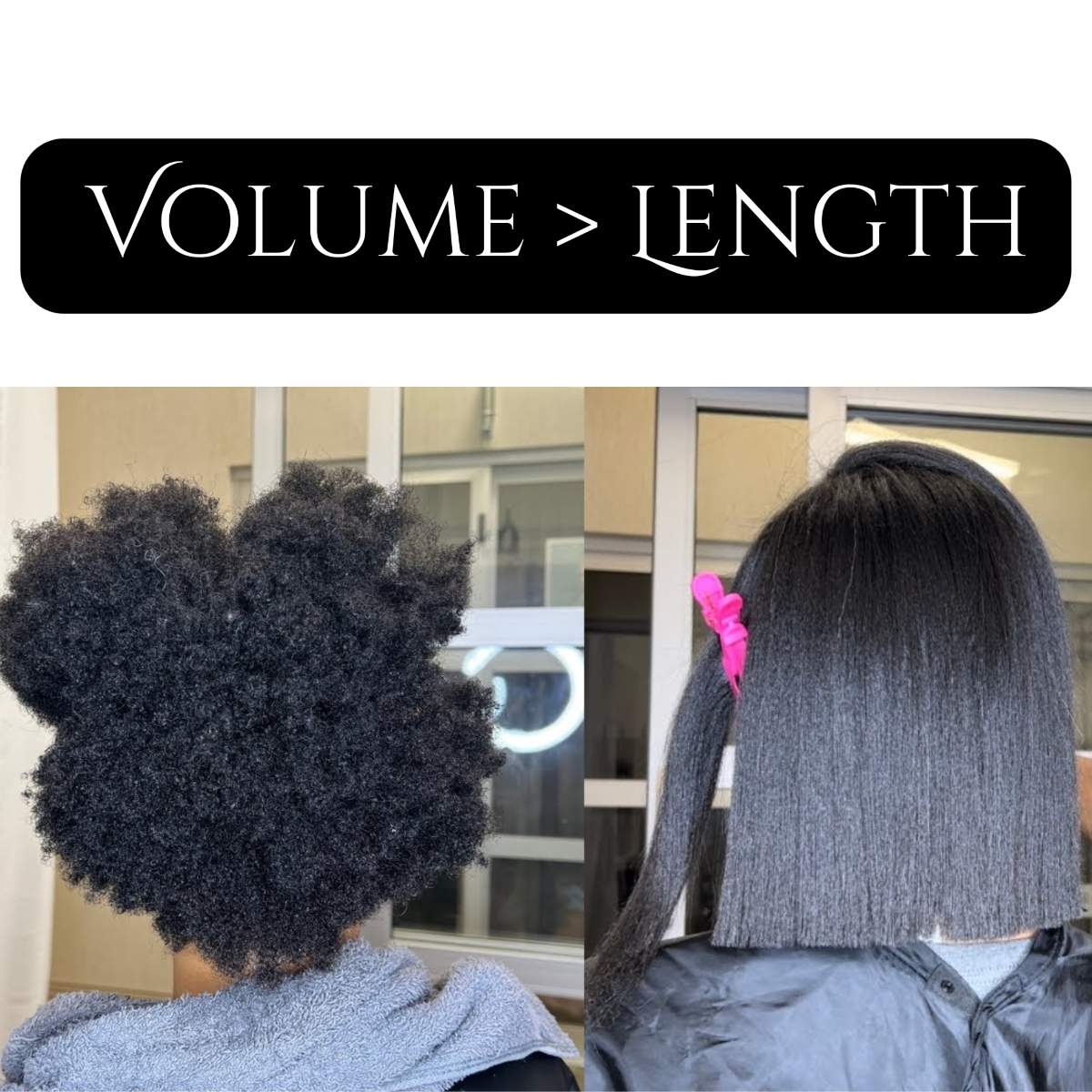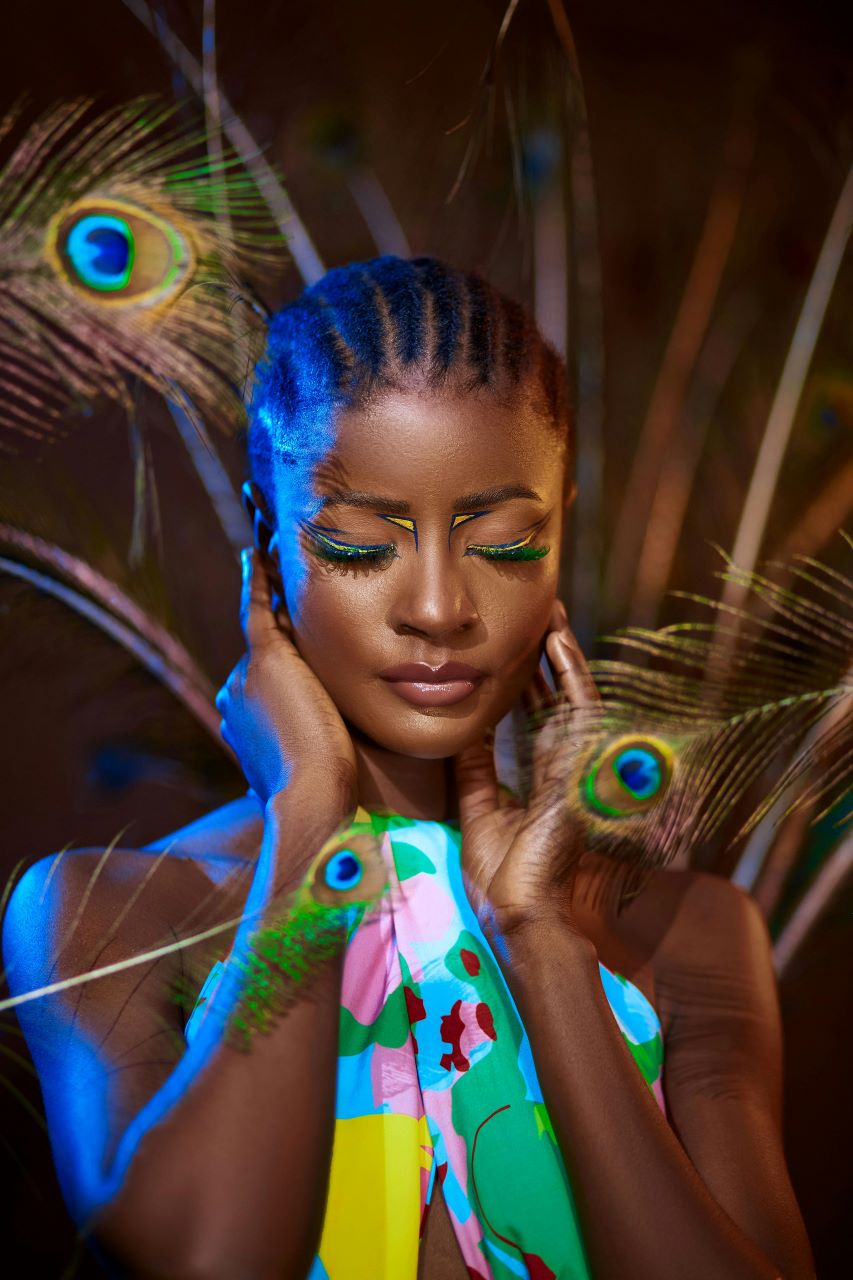If you’ve spent even a few minutes scrolling beauty TikToks or Instagram Reels in Kenya, you’ll notice lots of “glass-skin,” “snail mucin,” “cica,” and “brightening” serums from Korean brands. They look dreamy, the ads are slick, and influencer glow-ups make them irresistible. But do they live up to all that excitement—especially for our skin, climate, budget, and access issues here in Kenya? I’ve been digging. Here’s what I found, what works, and what to watch out for.
What’s Driving the Love for K-Beauty in Kenya
These are some of the reasons why many Kenyans are falling in love with Korean skincare:
-
Gentle, appealing formulas
Korean brands tend to use lightweight textures, soothing ingredients, and products that feel nice under warmer, humid weather. This is a draw, since heavy creams or greasy feel under sun + heat can be a turn-off. -
Herbal / natural extracts
Ingredients like green tea, snail mucin, flower waters, algae, centella (cica), etc. are popular. People like that the formulas are often milder and less harsh than some other harsh chemical treatments. -
Visible results & social proof
When influencers show progress over weeks, with before/after photos in real light, people pay attention. Also, as K-Beauty becomes more accessible (shops in Nairobi, online stores), more people can try and share their honest feedback. -
Innovation & variety
Korean skincare brings interesting textures (essences, watery gels, sunscreens that don’t leave white cast, sheet masks etc.), fun routines, layering, and product types that many local/regional brands are slower to adopt. -
Improved access
Shops like Glow Secret, Vitapharm, Beauty Square, Rave Galaxy, etc. now bring in these products. The gap in availability that used to make K-beauty a niche is closing.
What Makes Korean Skincare Actually Good (Ingredients & Effects)
Knowing the hype is one thing. But what ingredients really deliver for Kenyan skin?
-
Niacinamide – Very popular. Helps with dark spots, uneven tone, calming inflammation. Works well with melanin-rich skin.
-
Snail mucin – Great for hydration, barrier repair, gentle healing. It’s one of the standout “exotic” ingredients people notice. Tatler Asia+2Vitapharm Beauty Health+2
-
Centella asiatica (“cica”) – Soothing, anti-inflammation. Useful for reactive or acne-prone skin.
-
Green tea, algae, mushroom extracts – Antioxidant, calming. Useful given sun, pollution, humidity.
-
Sunscreens that work on dark skin – Often lightweight, less white cast, more comfortable. This is a big win in Kenya.
So yes, many K-Beauty products bring real skin benefits, especially if used and sourced properly.
Challenges & Things to Think About for Kenya
Even with the positives, there are some hurdles. These are things people sometimes complain about or regret:
-
Cost + markup / shipping
Korean products often cost more here because of import fees, shipping, distribution, sometimes inflated retail mark-ups. So what seems “affordable” elsewhere can be expensive in Kenya. Some worry about whether you’re paying for the effectiveness or just prestige/marketing. -
Authenticity / counterfeits
As K-beauty demand grows, so does the risk of fakes. Some Kenyan stores are good and verify authenticity, others less so. Buying from trusted sources is key. -
Suitability for all skin types / climate
What works in Korea’s climate or skin types may not always translate perfectly. Kenyan skin, especially in tropical areas, has to deal with strong sun, humidity, sweat, etc. Heavy or overly emollient creams might feel too greasy; fragrance or certain botanical extracts may irritate in hot, humid weather. -
Routine complexity
Many K-beauty routines are multi-step (toner, essence, serum, sheet mask, etc.). That’s great, but it means more cost, more time, more possibility of skin irritation or misuse. For many people, simpler routines with a few good products may be more sustainable. -
Results vary & expectation management
If someone expects instant glass skin, that’s often unrealistic. Many K-beauty routines take weeks to show visible improvement. Some people’s skin might be more resistant to change (hormonal acne, etc.), or need stronger interventions than over-the-counter skincare.
Verdict: Yes—With Conditions
So, are Korean skincare products worth the hype in Kenya? In my view: yes, they can be. But it depends heavily on how you use them and which ones you pick.
If I were giving advice to someone in Nairobi or Kisumu trying to decide, here’s what I’d say:
-
Start with your skin goal(s): acne scars? dark spots? barrier repair? Sun protection? Pick products that address those first, not every new trending item.
-
Get good sources: buy from shops known to stock real K-beauty products. Verify packaging, ingredients, batch codes. Avoid sketchy sellers just because price is low.
-
Don’t overdo it: maybe pick 2-3 “power” items (like a serum, good sunscreen, a gentle exfoliant) rather than a full 10-step routine. Let your skin adjust. Monitor reaction under sun/humidity.
-
Patch test: especially with botanical / fragrance-rich or novel actives.
-
Always include sunscreen: no glowing routine matters if unprotected skin gets damage + hyperpigmentation from sun. Luckily, many Korean sunscreens seem to be doing well in Kenya (in terms of texture, non-whiteness) when sourced from good stores.
-
Check pricing & cost per use: Sometimes paying more for a smaller quantity but better quality (less irritation, longer lasting) is more cost-effective than cheap, irritating products that you can’t keep using.



